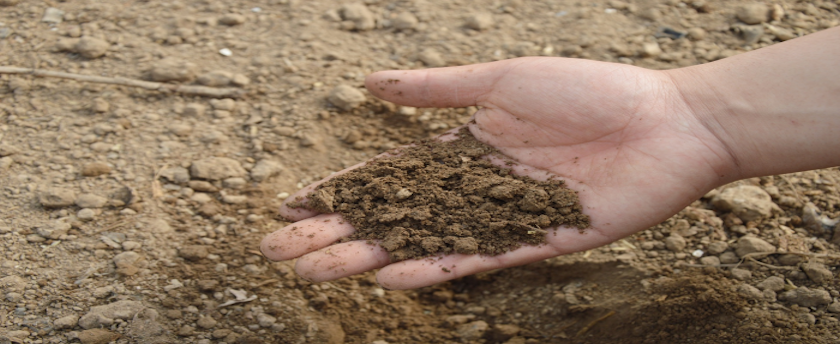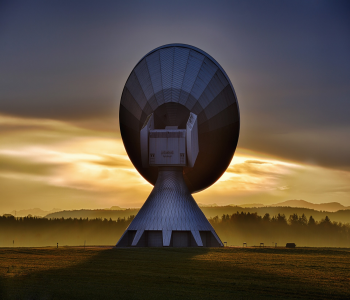
Gericke originally defined hydroponics as crop growth in mineral nutrient solutions. Hydroponics is a subset of soilless culture. Many types of soilless culture do not use the mineral nutrient solutions required for hydroponics.
Billions of container plants are produced annually, including fruit, shade, and ornamental trees, shrubs, forest seedlings, vegetable seedlings, bedding plants, herbaceous perennials, and vines. Most container plants are produced in soilless media, representing soil less culture. However, most are not hydroponics because the soilless medium often provides some of the mineral nutrients via slow release fertilizers, cation exchange, and decomposition of the organic medium itself. Most soil less media for container plants also contain organic materials such as peat or composted bark, which provide some nitrogen to the plant. Greenhouse growth of plants in peat bags is often termed hydroponics, but, in the technical sense, it is not because the medium provides some of the mineral nutrients.
Plants that are not traditionally grown in a climate would be possible to grow using a controlled environment system like hydroponics. During World War II, produce was grown with hydroponics on the barren Pacific Islands. According to a 1938 Times magazine article, this was one of the first times that commercial use of hydroponics was used on such a large scale to feed people. This group of islands was used as a refueling stop for Pan-Am Airways, and the food was used to feed the staff and crew. This means that salad greens could be grown in Antarctica or even the Mojave Desert. NASA has also looked to utilize hydroponics in the space program. Ray Wheeler, plant physiologist at Kennedy Space Center's Space Life Science Lab, believes that hydroponics will create advances within space travel. He terms this as "a life support system with the biological component of growing plants — called a bioregenerative life support system. It has several benefits for NASA." These scientists are researching how different amounts of light, temperature and carbon dioxide, along with plant species can be grown and cultivated on planets like Mars.



